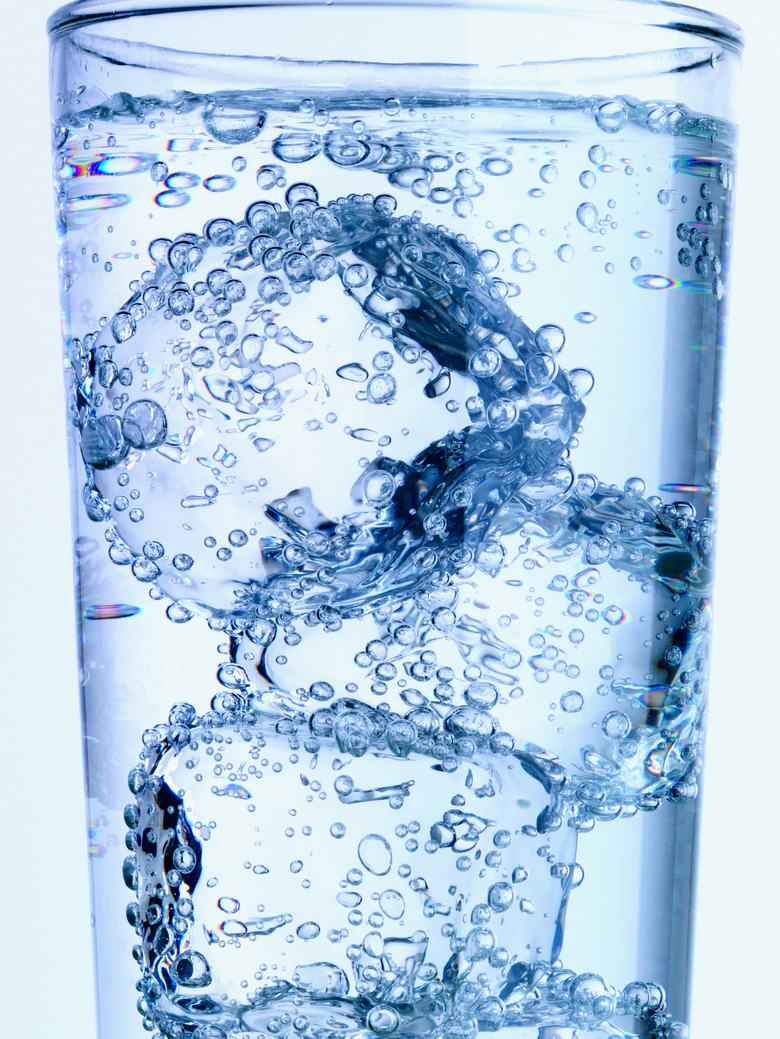Does Kinetic Energy Increase In A Drink When Ice Melts?
Thermal energy — or heat — moves from areas of higher temperature to areas of lower temperature. For instance, your beverage gets cold when you add ice cubes because the heat moves from the liquid to the ice cubes, and not because coldness moves from the ice cubes into your beverage. This loss of heat is what causes the temperature of your beverage to plummet.
Thermal Energy as Molecular Movement
Thermal Energy as Molecular Movement
Heat is kinetic energy — the higher the temperature of a substance, the faster and farther its molecules move. For example, as heat transfers into the ice, the ice molecules move faster and eventually the ice melts. Conversely, when heat transfers from your beverage to the ice and the temperature of the liquid drops, the molecules in the beverage slow down. When those molecules slow down, their kinetic energy decreases. As the ice continues to melt, the heat will continue to transfer to whichever area in the drink is coldest until it reaches an equilibrium. That said, because the energy transfer has been proportional between the two substances — the heat has simply moved from the liquid to the ice, the overall kinetic energy level between the two substances actually remains the same.
Cite This Article
MLA
Cascio, Christopher. "Does Kinetic Energy Increase In A Drink When Ice Melts?" sciencing.com, https://www.sciencing.com/kinetic-energy-increase-drink-ice-melts-13616/. 24 April 2017.
APA
Cascio, Christopher. (2017, April 24). Does Kinetic Energy Increase In A Drink When Ice Melts?. sciencing.com. Retrieved from https://www.sciencing.com/kinetic-energy-increase-drink-ice-melts-13616/
Chicago
Cascio, Christopher. Does Kinetic Energy Increase In A Drink When Ice Melts? last modified March 24, 2022. https://www.sciencing.com/kinetic-energy-increase-drink-ice-melts-13616/
